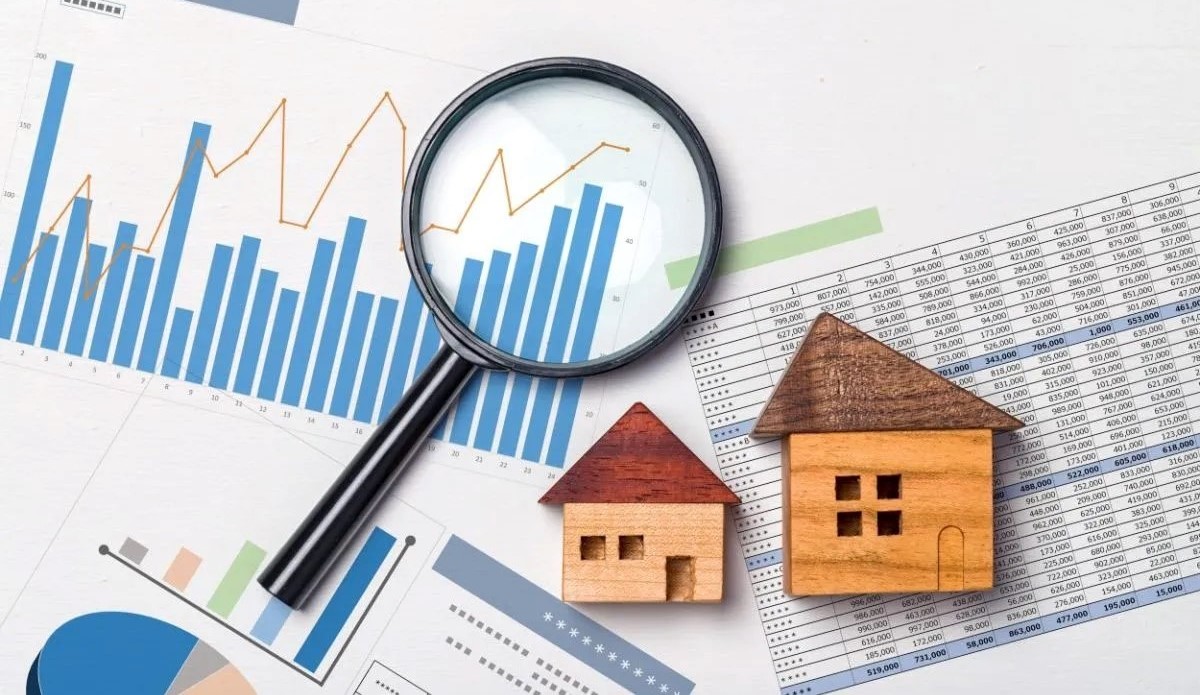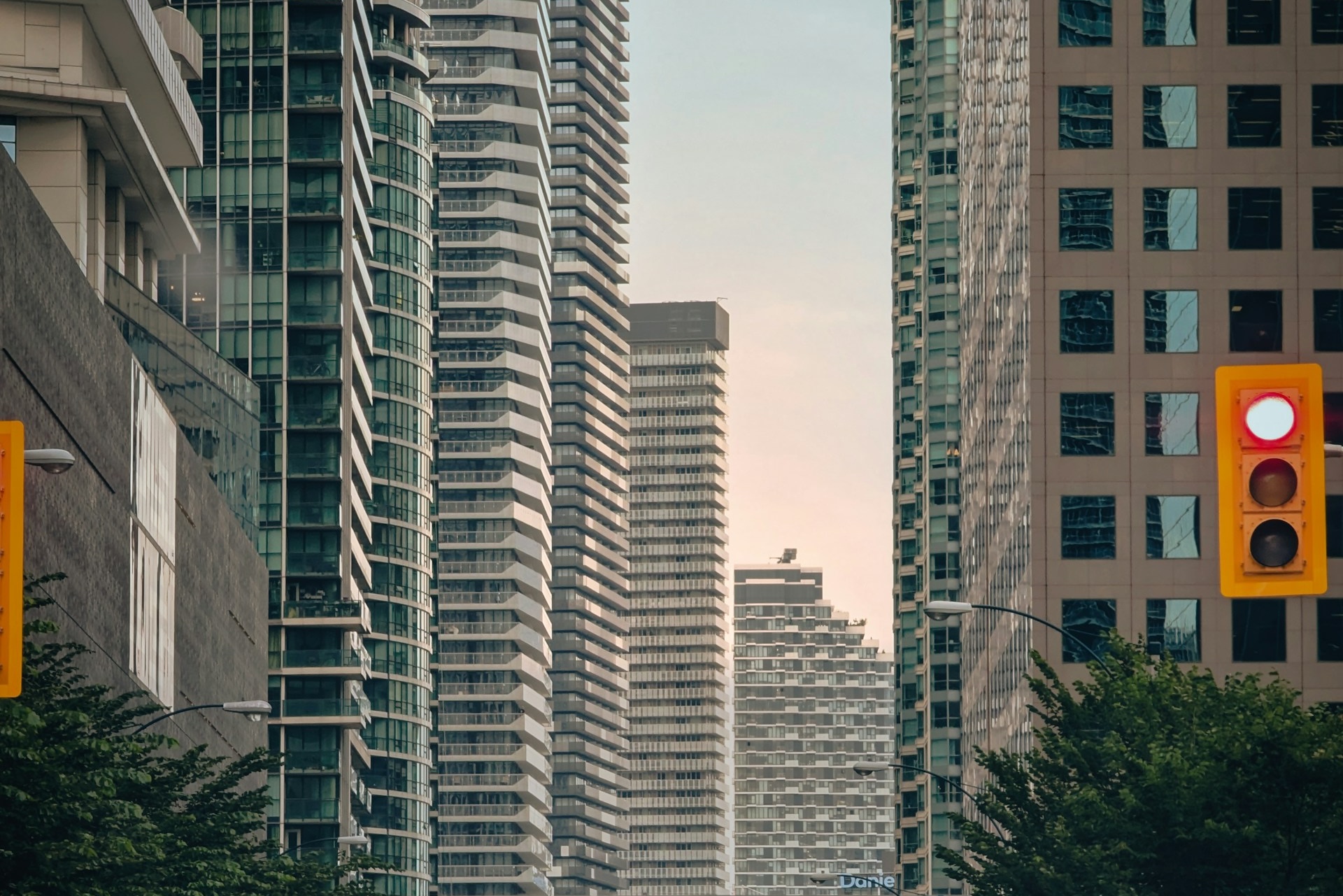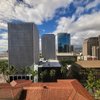House prices in some of Brisbane’s most popular suburbs dipped by up to $75,000 over the past quarter despite continued growth across most of the state.
Houses in well-heeled Paddington recorded the largest dollar drop of $75,541 in the three months from July to September, sliding to a still-hefty median of $1.9m, according to PropTrack’s quarterly home price report.
Prices were down $64,050 in St Lucia in the city’s west (median $1.9m), $60,806 in Yeronga ($1.4m), and $62,111 in Bundall on the Gold Coast (median $1.9m).
SOLD: $1.3m 134 Kadumba St, Yeronga
A total of 87 suburbs across the state recorded a fall in either house or unit prices last quarter, although annual figures showed positive growth in all but two suburbs — Healy and Cloncurry in the Outback Queensland.
For units, inner-city Spring Hill and Brassall, Ipswich prices both dropped about $50,093 in three months.
Brisbane buyers agent Lauren Jones said demand for city apartments had slowed considerably.
“With the cost of living so high right now, many people don’t want to be spending $8-10,000 a year on body corporate fees,” she said.
“However, I am starting to see a lot more investors looking at units as opposed to freestanding houses, and that could be down to the price point but also the attractive rental return.”
The quarterly figures reflected the longer term trend of units outperforming houses in metro areas.
PropTrack economist Anne Flaherty said affordability and supply were factors affecting demand
MORE NEWS
Richlisters circling rare $15m Great Barrier Reef island
Surprise locations driving Aussie housing boom
Ray White chief economist Nerida Conisbee said houses priced in the lowest percentile had recorded the most significant price growth nationally, up 12.2 per cent over the past 12 month.
“In comparison, our most expensive homes have seen a price slowdown, perhaps now reflecting the prolonged impact of higher interest rates,” Ms Conisbee said.
PropTrack economist Anne Flaherty said affordability and dwindling supply were key factors behind the shift to units.
“Home prices have moved up very dramatically over the past five years, so more people have been priced out of purchasing a house,” she said.
SOLD: $446,000 7/6 Baldarch St, Slacks Creek
While cost of living pressures and higher interest rates put a dampener on growth since June in some areas, Ms Flaherty forecast continued price hikes, particularly in the greater metro apartment market.
“The speed at which prices are rising has definitely moderated compared to last year, although we have seen a lot of areas with very strong quarterly growth,” she said.
“It is taking people longer to save a deposit to buy a home, but having said that, the market varies a lot by suburb, and I don’t think we are in store for a correction any time soon, purely because the supply of homes is likely to remain below what is required to keep pace with demand and that puts upward pressure on prices.”



















 English (US) ·
English (US) ·